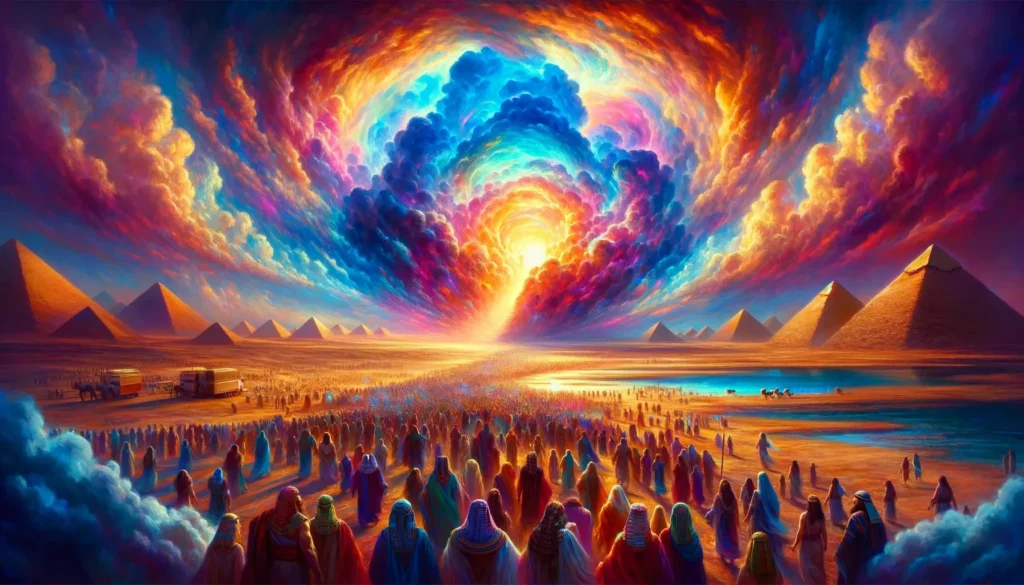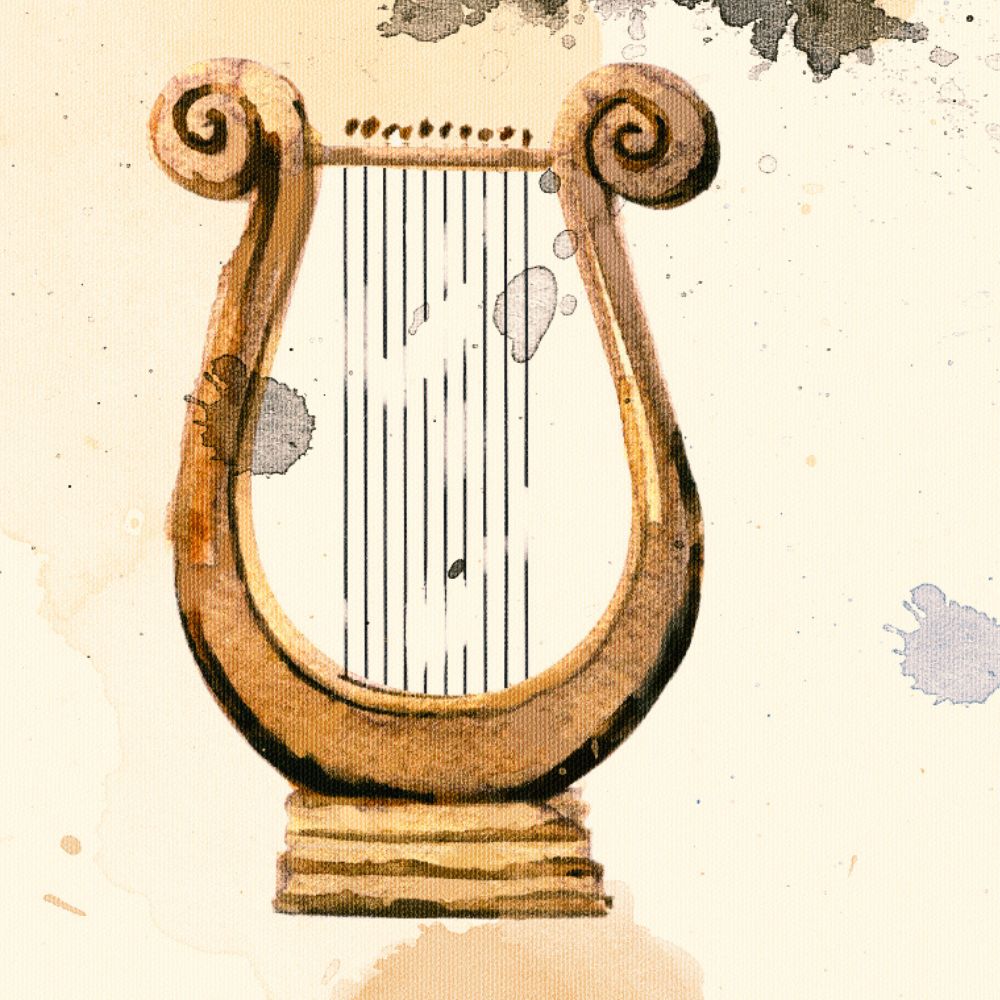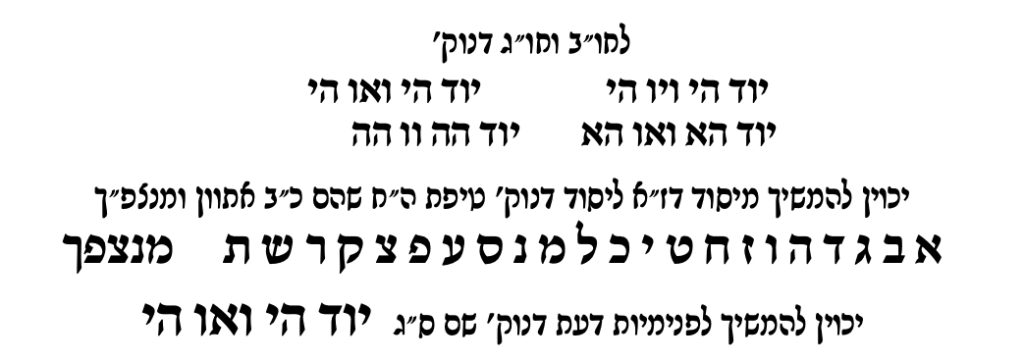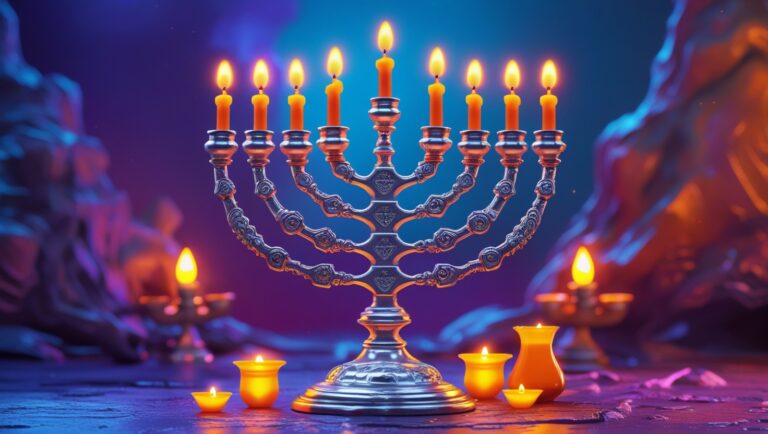We are already well into the period of Sefirat HaOmer, which means it’s time to prepare for the holy festival of Shavuot
Shavuot, known as the festival of receiving the Torah, is often regarded as one of the most straightforward to prepare for but one of the most challenging to fulfill from a Kabbalistic perspective.
Rabbenu Bachya, a distinguished Kabbalist in his own right, drew a distinction between the Festivals based on a verse from the Torah: “כִּי קָרוֹב אֵלֶיךָ הַדָּבָר מְאֹד בְּפִיךָ וּבִלְבָבְךָ לַעֲשֹׂתוֹ,” which translates to “Because the matter is very close to you, in your mouth (Pesach) and in your heart (Shavuot), to do it (Sukkot).” On Pesach, we use our mouths to recount the Haggadah, while on Sukkot, we perform various actions such as building the Sukkah and waving the four species.
On Shavuot, however, the focus is on meditating in the heart.

The Sephira of Keter
Keter, often translated as “crown,” symbolizes the pinnacle of spiritual attainment of any spiritual system, a realm of pure compassion and infinite light. It’s viewed as the origin of divine wisdom (Chokhmah) that cascades down through the Sephirot to manifest in the physical world. On Shavuot, the spiritual work accomplished during the Omer period culminates in a revelation akin to the divine illumination of Keter, offering an unparalleled spiritual opportunity.
The sages teach that on Mount Sinai, the Jewish people perceived Hashem as an “old sage”. This is a reference to the revelation that they had which is related to the Sephira of Keter (or the Partzuf of Arich Anpin).
Receiving the Torah on Shavuot is compared to the crowning of the Jewish people. Just as Keter embodies the divine will that transcends understanding, the Torah provides a connection with Hashem that surpasses human wisdom, embodying the pure will of God. The Torah is thus a manifestation of the divine wisdom emanating from Keter.
Keter is linked to the concept of bitul (self-nullification), which means setting aside personal ego and aligning with the divine will. On Shavuot, the essence of Keter calls for humility and openness and this is reflected in the people’s willingness to accept the Torah, declaring “Naaseh V’nishma” (we will do and we will listen), embodying the surrender to divine will that Keter represents.
Therefore, Shavuot emphasizes the unity of the Jewish people, which is also inherent in the concept of Keter and the state where we were all “one person with one heart”. It also mirrors the collective spiritual ascent towards the divine light of Keter.
This is an E”t ratzon (time of grace) that is unique in that the Sephira of Keter is already received early in the morning, as opposed to all other festivals.

The Tzadik and the Crowns
Moreover, Shavuot holds a powerful connection to the figure of the Tzadik of the generation.
The Arizal explains that the journey from Pesach through Sephirat HaOmer and Shavuot represents one spiritual system, or Partzuf. During Sephirat HaOmer, we rectify the Sephirot of Chokhmah, Bina, Da’at, Chesed, Gevurah, Tiferet, and Malkhut but leave Netzach, Hod, and Yesod incomplete.
These missing Sephirot are brought down during Shavuot when we perform the Tikkun.
According to the Zohar, the two Tablets brought down by Moshe from Mount Sinai symbolize Netzach and Hod. This is indeed puzzling… What about Yesod?
The answer is that Moshe Rabbenu (the Tzadik of the generation) is its representation, as Proverbs 10:25 says, “the Tzadik is the Yesod of the world.” This shows the importance of being connected to the spiritual leader of one’s generation, because the Torah presents the basic spiritual framework for all times.
You may have noticed the absence of Keter, the highest attainable light. And that is because Keter, as we saw, arrives as a divine gift at the conclusion of each cycle.
The Tikkun of Shavuot
The Arizal designed the Tikkun of Shavuot as the final step in the spiritual journey that starts with Pesach and continues through Sephirat HaOmer. It is traditionally performed by men (since women are also exempt from Sefirat HaOmer), emphasizing their role in bringing the Torah into the home.
(In contrast, Yom Kippur elevates the Shekhina, closely connected to women who refrained from sinning with the golden calf. Some explain this to mean that women have a greater connection to Yom Kippur than men)
The Tikkun entails reciting excerpts from the 24 books of the Tanach, including the complete Book of Ruth, a process lasting two to three hours, followed by studying Kabbalah throughout the night.
You can find the full Tikkun with all the kavanot from the Arizal and Rashash here.
During this awesome night, the Shekhinah (Malkhut) receives 24 adornments on this special night before being symbolically married to Zeir Anpin (the six Sephirot of Chesed, Gevurah, Tiferet, Netzach, Hod, and Yesod). Throughout the Tikkun, we complete the Partzuf by incorporating the previously missing Netzach, Hod, and Yesod.
Rabbi Shimon Bar Yochai expounds in the Zohar that those who complete this Tikkun without sleeping at all will receive no less than 70 blessings from Hashem, be recorded in the Sefer HaZichronot (Book of Remembrance), be called “Servant of the Queen” (the Shekhinah).
However, this promise only applies if they remain awake throughout the Tikkun.

Rabbi Chaim Vital also teaches that whoever didn’t sleep at all throughout this night is assured he “won’t die throughout the rest of the year”. This, however, is puzzling because we know many Tzadikim passed away during this period until Rosh HaShanah. The answer, I believe is that this refers to “mitah meshunah”, meaning a “different death”, that is, when a person dies not in his bed as should be the norm. This, by the way is in addition to the basic Tikkun that one who studies Torah throughout any night of the year rectifies one karet sin (excision).
As a side note, the Rashash (R’ Shalom Sharabi) teaches us that after Chatzot Layla (midnight), one can already recite the Birkot HaShachar (morning blessings), except of course, for the 3 blessings on the Torah, and Al Netilat Yadayim, Asher Yatzar and Elokai Netzor (if one didn’t sleep).
The Arizal explains that, as dawn approaches, just before putting on their Tallit to pray, men should immerse themselves in the Mikvah to bring in the Sephira of Keter of all the 10 Sephirot that are missing it. Since we are the “servants of the queen (Shekhina)”, we immerse ourselves with her into the supernal mikvah to draw down these awesome Mokhin and purify her for her union with Zeir Anpin.
As we know, the Shacharit prayer, ideally recited at Vatikin, aligns the Amidah with sunrise. This is the ideal time to pray according to Kabbalah. All of these Mokhin that we brought, by the way, come from Abbah Ila’ih (4th Partzuf) and Immah Ila’ah (3rd Partzuf). The Mokhin from the 5th Partzuf comes with Mussaf. The Nefesh, Ruach and Neshama in the silent recitation, and the Chaya and Yechida from the repetition by the Chazan. Since all the berurim have been done and all the Partzufim are ready, we are only mekaven from the word B’ahava until the end of the Amidah.
The ultimate union (zivug) between the Shekhina and Zeir Anpin culminates during the Kedusha of Musaf when we recite, “Shema Israel, Adonai Elo-heinu, Adonai Echad.” We should strive to recite this with maximum concentration, because this could be said to be the pinnacle of the entire festival.
From the Siddur (link above):


But even then, that would not be all there is to it.
The external part of the light
Finally, the Kiddush and morning meal concludes the Tikkun, and we are free to rest. According to Kabbalah, we should immediately do Kiddush and eat some bread (or cookies) so we “materialize the light” we brought from all the learning.
It’s important to remember that our prayers bring forth the internal light of Shavuot, while the festive meal provides the external light, just as it does on every Shabbat and other holidays. We consume dairy foods at night, not just because the Torah is associated with milk, but also to help us stay awake since it’s incredibly important.
You may find more insights on the night of Shavuot from the Zohar and revealed sources here.
While women can also perform the Tikkun, they don’t dip in the Mikvah. Nevertheless, their efforts are obviously recognized, and many also pray at Vatikin.
In order to keep the halacha that we should have meat on festivals, many people then have a meat meal during the day to fulfill the obligation.
B’hatzlacha on the Tikkun, and may we all merit to receive these awesome blessings!







